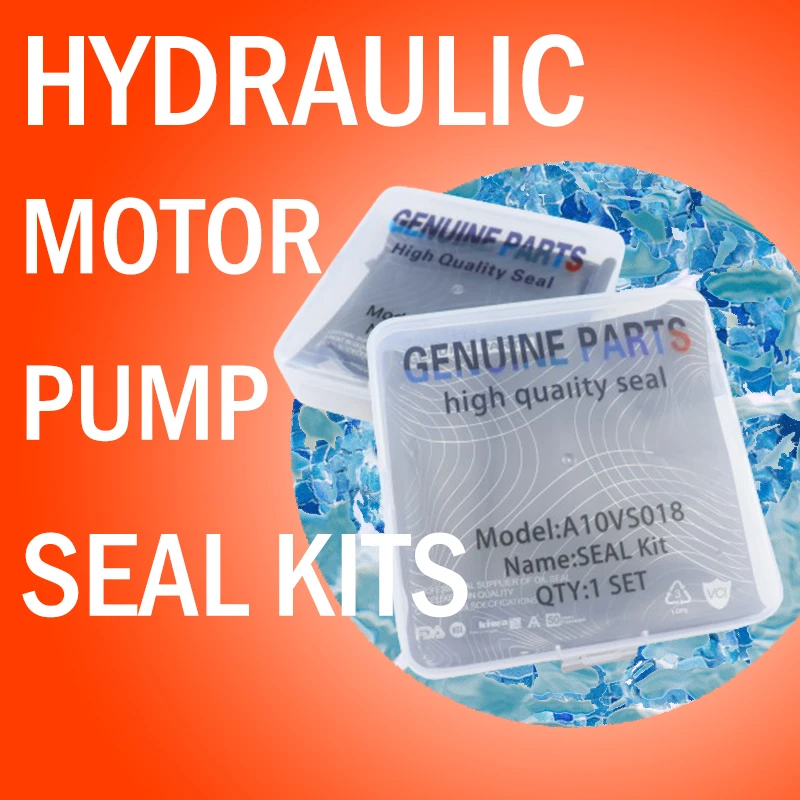Dic . 15, 2024 16:01 Back to list
hydraulic oil seal types
Understanding Hydraulic Oil Seal Types
Hydraulic systems play a vital role in various industrial applications, machinery, and automotive industries. A crucial component of these systems is the hydraulic oil seal, which ensures the containment of hydraulic fluid within the system, preventing leaks and maintaining efficiency. Understanding the different types of hydraulic oil seals is essential for selecting the right type for any specific application.
What Are Hydraulic Oil Seals?
Hydraulic oil seals, often referred to as hydraulic seals or simply seals, are devices that fill the gap between different components in hydraulic systems. Their primary function is to prevent the leakage of hydraulic fluids and keep contaminants out of the sealed area. By maintaining hydraulic pressure, oil seals enable the effective operation of hydraulic cylinders, pumps, and other apparatus.
Types of Hydraulic Oil Seals
1. O-Rings O-rings are one of the most commonly used seals in hydraulic applications. They are circular in shape and made from elastomeric materials, allowing for flexibility and resilience under pressure. O-rings can accommodate a wide range of operating temperatures and are often used in static and dynamic sealing applications. Their simplicity and effectiveness make them a popular choice in various hydraulic setups.
2. Lip Seals Also known as radial seals, lip seals have a flexible lip that makes contact with a shaft or housing. These seals are designed to prevent the escape of hydraulic fluid while keeping dirt and contaminants out. Lip seals come in various designs, including single-lip and double-lip configurations, each suited for different sealing requirements. They are particularly effective in rotating applications, such as hydraulic motors or pumps.
3. U-Cup Seals U-cup seals, or U-seals, are designed in a ‘U’ shape and are primarily used for sealing hydraulic cylinders. They provide excellent sealing performance under high-pressure conditions and are particularly effective at containing hydraulic fluid. U-cup seals can be utilized in both dynamic (moving) and static applications, making them versatile components in hydraulic systems.
hydraulic oil seal types

4. Backup Rings Backup rings are not seals themselves but are often used in conjunction with O-rings or U-cup seals to prevent extrusion. These rings are typically made from hard materials and are placed behind the primary sealing element to support it under pressure, especially in high-pressure applications. They help to enhance the sealing performance and extend the lifespan of the primary seal.
5. Flat Seals Flat seals, commonly made from materials like PTFE (Teflon) or rubber, are used in static applications where two flat surfaces come together. They work by creating a tight seal across the surfaces, thus preventing leakage. Flat seals are often found in various mechanical joints and serve as essential components in hydraulic systems.
Factors to Consider When Choosing Seals
When selecting the appropriate hydraulic oil seal, several factors must be considered
- Operating Pressure and Temperature The chosen seal must withstand the pressure and temperature it will encounter in the application. - Type of Fluid Different hydraulic fluids may require seals made from specific materials that resist chemicals and provide adequate lubrication. - Speed of Operation The dynamic characteristics of the application, including speed, influence the choice of seal. For higher speeds, specific seals may be required to minimize wear or potential failure. - Misalignment and Tolerances Seals need to accommodate any misalignment in the components they are sealing. Choosing the right type and size is crucial for effective sealing.
Conclusion
In conclusion, hydraulic oil seals are crucial for maintaining the efficiency and safety of hydraulic systems. Understanding the different types—O-rings, lip seals, U-cup seals, backup rings, and flat seals—allows engineers and operators to select the most suitable seal for their application. By considering factors such as operating conditions and compatibility with fluids, one can ensure optimal performance and longevity of hydraulic systems.
-
TCN Oil Seal Metal Ring Reinforcement for Heavy Machinery
NewsJul.25,2025
-
Rotary Lip Seal Spring-Loaded Design for High-Speed Applications
NewsJul.25,2025
-
Hydraulic Cylinder Seals Polyurethane Material for High-Impact Jobs
NewsJul.25,2025
-
High Pressure Oil Seal Polyurethane Coating Wear Resistance
NewsJul.25,2025
-
Dust Proof Seal Double Lip Design for Construction Equipment
NewsJul.25,2025
-
Hub Seal Polyurethane Wear Resistance in Agricultural Vehicles
NewsJul.25,2025
-
The Trans-formative Journey of Wheel Hub Oil Seals
NewsJun.06,2025
Products categories
















